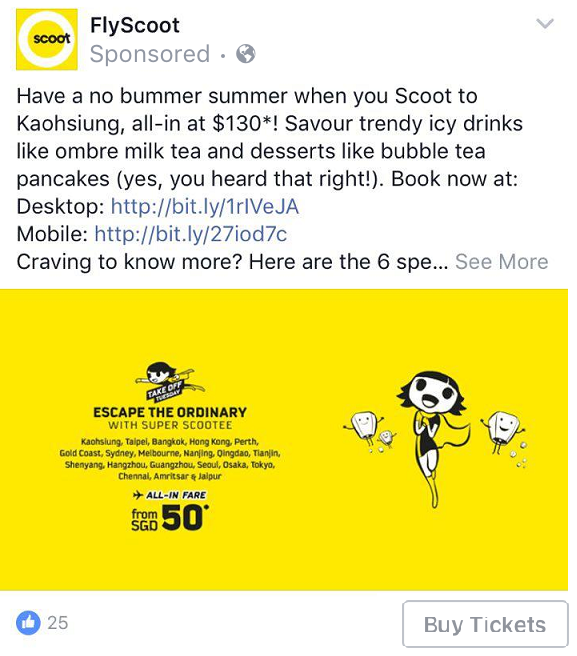It should be no surprise that in this day and age our eyes are glued to anything that is square-ish, has a touchscreen, and fits comfortably into the palms of our hands. Chances are, the opened apps include Instagram, Facebook, Twitter, and Snapchat – the works, if you will.
If we’re going to be spending this much time browsing through social media, we might as well do it right. And to all the millennials who think they’ve got it down – think again.
Social media can be used by almost everybody. You don’t need to have 10 social media accounts or post something every half an hour to be deemed active. To obtain and sustain a successful social media presence and witness the results you really want, first understand the following do’s and don’ts:
Don’t focus on the number of likes
What an outrageous thought, but let me explain why. What really matters isn’t how many likes you receive, but rather who liked your post. If you scroll through a list of ‘likes’ and realise that you really only wanted to reach 5% of them, the rest are as good as none. This is because you’ve attracted the wrong audience, resulting in a lack of engagement.
To put it simply, let’s say you run a small ice cream cafe and post on Facebook announcing that chocolate scoops are 10% off, praying silently that your customer numbers will magically double overnight. But instead of dessert enthusiasts, you realise that the ‘likes’ came from your co-owner, boyfriend, and mother. Sure, these are all people extremely dear to your heart, but they’re not who you’re targeting. The ‘likes’ may look impressive online but they’re not serving your business’ purpose.
Reach out to YOUR target audience
Some posts on Facebook may be boosted to become ads, meaning that you pay to reach a wider audience. Boosting essentially means selectively choosing the audience who sees your posts on their News Feed. It’s a very cost effective way to reach the right people, and Facebook’s Business Manager page gives you the complete rundown on how to fully utilise the functions to effectively promote your business.
Take a look at the example below:
As a frequent budget air flyer who’s always looking out for cheap deals to Taiwan, this FlyScoot ad definitely appeals to me. FlyScoot consistently monitors footprints on their social media pages and website, and effectively churns this data to target audiences who need to save a buck or two but still loves to travel around Southeast Asia.
Don’t slap on texts and links
Humans on social media have attention spans even shorter than that of a goldfish – an incredulous three seconds. This disturbing yet very real fact should make you think twice about how you post. If you want to share a blog on your company Facebook page, you pretty much only have one shot to get it right.Just think about all the other pieces of content which you are competing with – you need to make your post stand out!
Customise the appearance of each post
Spot the differences between these posts. Which would you rather click on?
There is so much flexibility with social media these days. Certain functions allow you to not only enhance the visual appeal of your posts but also increase your readership.
For example, posting as the Page Admin on Facebook allows you to:
- Edit the post caption to remove any URLs
- Replace the default photo that automatically comes with the link
- Rewrite the main header of the link
- Change the subtext of the link
- And so much more
These simple yet effective tweaks transform a boring, black and white post into one which really displays the most attention-grabbing information. Remember, you’ve only got three seconds to reel in your audience, so make it count.
Don’t be the same
Companies usually make the common mistake of posting the same content across all their active platforms – meaning the exact same captions, hashtags, and images. Sure, you’re getting the word out, but you’re also annoying your audience. Don’t get me wrong, it’s alright to share the same information across all your social media, but be creative about it and tweak it to match your audience.
Be selective and get creative
It’s important to understand how each platform works. Instagram for example, leverages on jaw-dropping photos and hashtags to capture the right audience. While Facebook extends beyond this by allowing users to share their reactions or emotions.
Look at this example below from The Yard:
Both of these posts talk about the same thing: new trampolines. But, they’re customised to sit well within each respective platform. Doing this will allow you to reach the maximum number of users without turning anyone off.
Now it’s your turn – go create magic on social media.
Need help with social media? Drop a message to [email protected]




